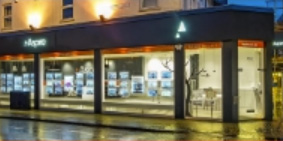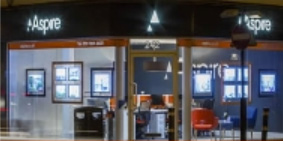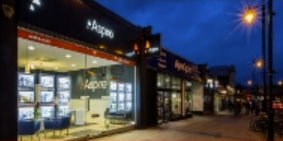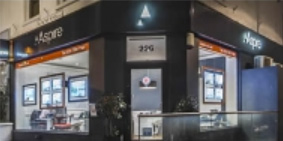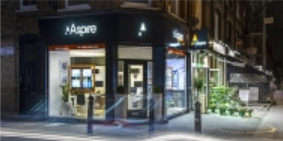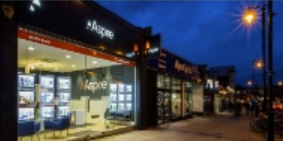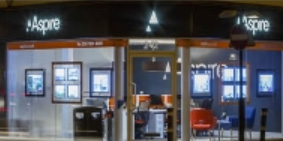 With the first Clapham Opera Festival aiming to provide a taster of Opera, David Kirkup, of aspire estate agents, sponsors of the Festival, gives us a brief history of Clapham from 15th to 19th centuries.
With the first Clapham Opera Festival aiming to provide a taster of Opera, David Kirkup, of aspire estate agents, sponsors of the Festival, gives us a brief history of Clapham from 15th to 19th centuries.
Whilst the now famous Baroque operas werebeing composed – including that of Monteverdi and Handel – during the 15th to 18th centuries, Clapham’s most distinctive feature was its common, and by the 17th century the village was developing as one of London’s earliest true suburbs.
Its first settlers arrived to escape London’s fire and plague of the 1660s and these ‘suburban’ residents enjoyed clean air and water yet easy access to London by stage coach. By the end of the 18th century Clapham was a large village with grander new houses and lavender growing in fields near Clapham, used to make perfume - hence Lavender Hill got its name!
In 1801, at the time of the first census, Clapham had a population of 3,864 and was a fashionable home for the rich with the focus of real money in houses around the edges of the Common. It was after the Comic Opera Donizetti’s Don Pasquale in 1843, that many grand mansions were built in Old Town and on Clapham High Street and, in particular, fronting the common.
During the first half of the 19th century, around the time of the Bel Canto with Rossini, Donizetti & Bellini, Clapham emerged as a hotspot for social reform with the evangelical Clapham Sect, campaigning for the abolition of slavery and child labour and promoting missionary work in Britain’s colonies. Around this time Charles Barry, the architect who designed the Houses of Parliament, lived in Clapham as well as John Francis Bentley who designed Westminster Cathedral.
The improvement in transport had a great impact on Clapham in the 19th century, with horse drawn buses running by the 1830s and horse drawn trams in 1871 which were converted to electricity in 1903. The railway made it possible for commuters to live in Clapham and travel to work in London.
In the mid 19th century Cedars Estate was built by the architect Sir James Knowles and Thomas Cubitt laid out the extensive Clapham Park Estate with grand houses aimed at the top end of the market. The equally prestigious developments of Crescent Grove and Grafton Square took their tone from Cubitt’s work. Meanwhile the Metropolitan Board of Works purchased Clapham Common in 1877 turning it into a formal recreation ground, with the bandstand being built in 1890.
At the time of the Oenbach & Strauss Operettas in the second half of 19th and early 20th century, affordable transport meant the area lost its prestige, as the less wealthy moved in to smaller terraced developments, built on the site of earlier large, but now redundant, mansions. The area around Abbeville Road was developed at this time.
For further information or to purchase festival tickets visit: www.claphamoperafestival.wordpress.com



